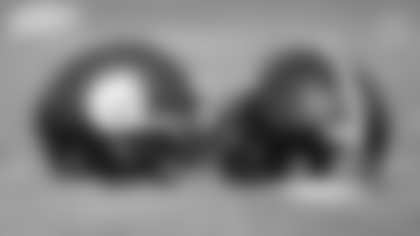Let's get to it:
JOHN DRAGICEVIC FROM RALEIGH, NC:
When the Bears lined up for the untimed down at the end of the first half and received the false start penalty, should the half have ended there?
ANSWER: No, because it was a pre-snap penalty. If the Bears committed a delay of game penalty on the play after the false start penalty, it would've been another 5-yard assessment and the ball would have been snapped from just outside the 10-yard line. If the penalty had been for offensive holding instead of a false start, as an example, the half would have ended. The officials applied the rule correctly.
Take a look at photos from the Steelers Nation Unite Road Warrior Block Party at Old Crow Smokehouse in Chicago.
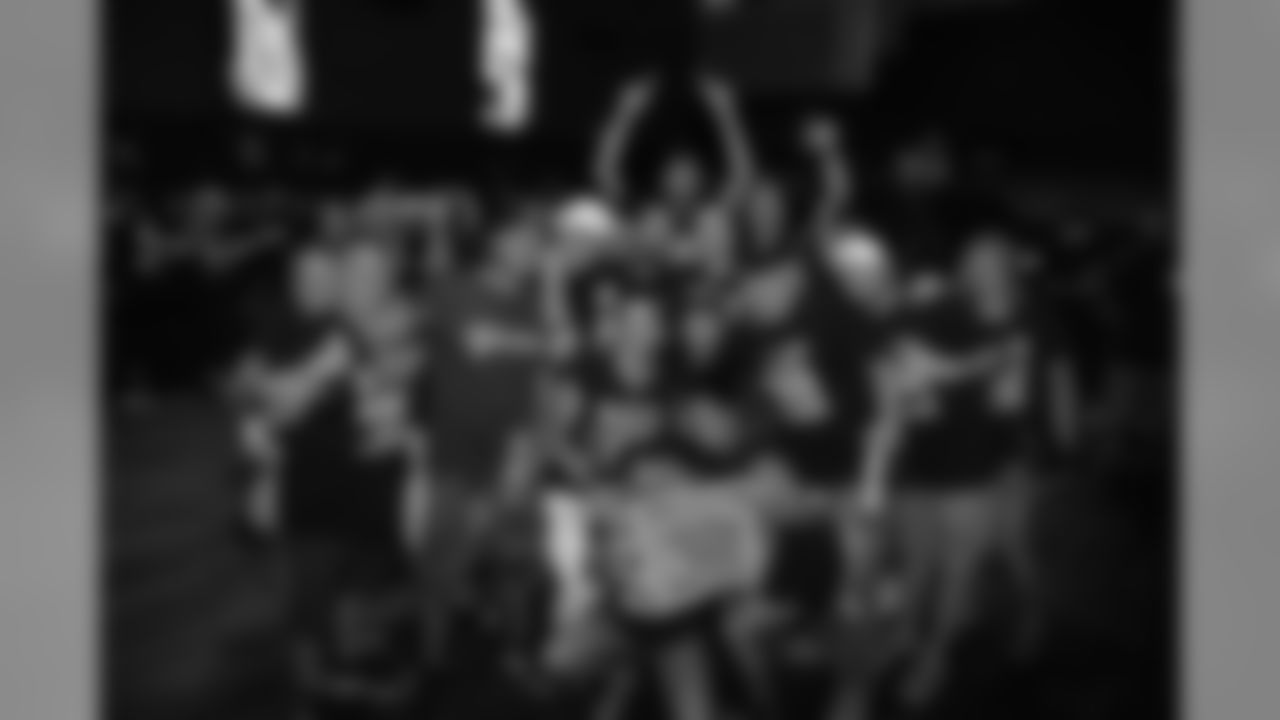
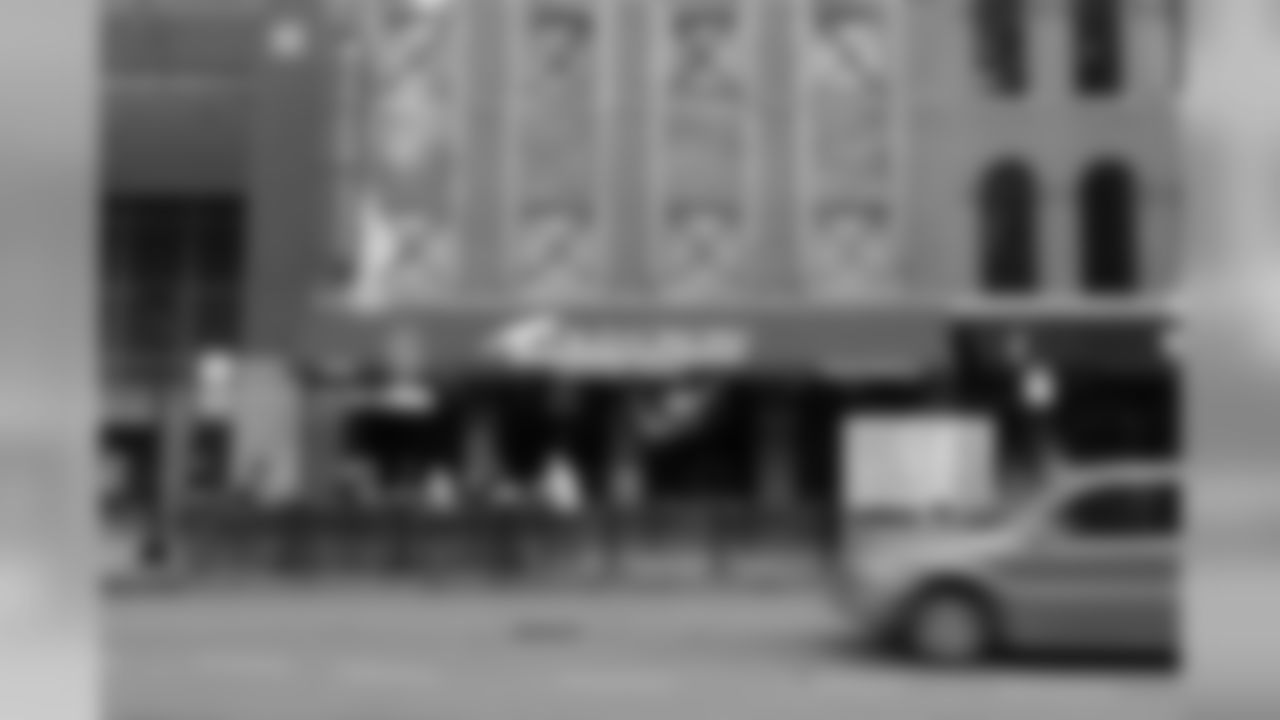


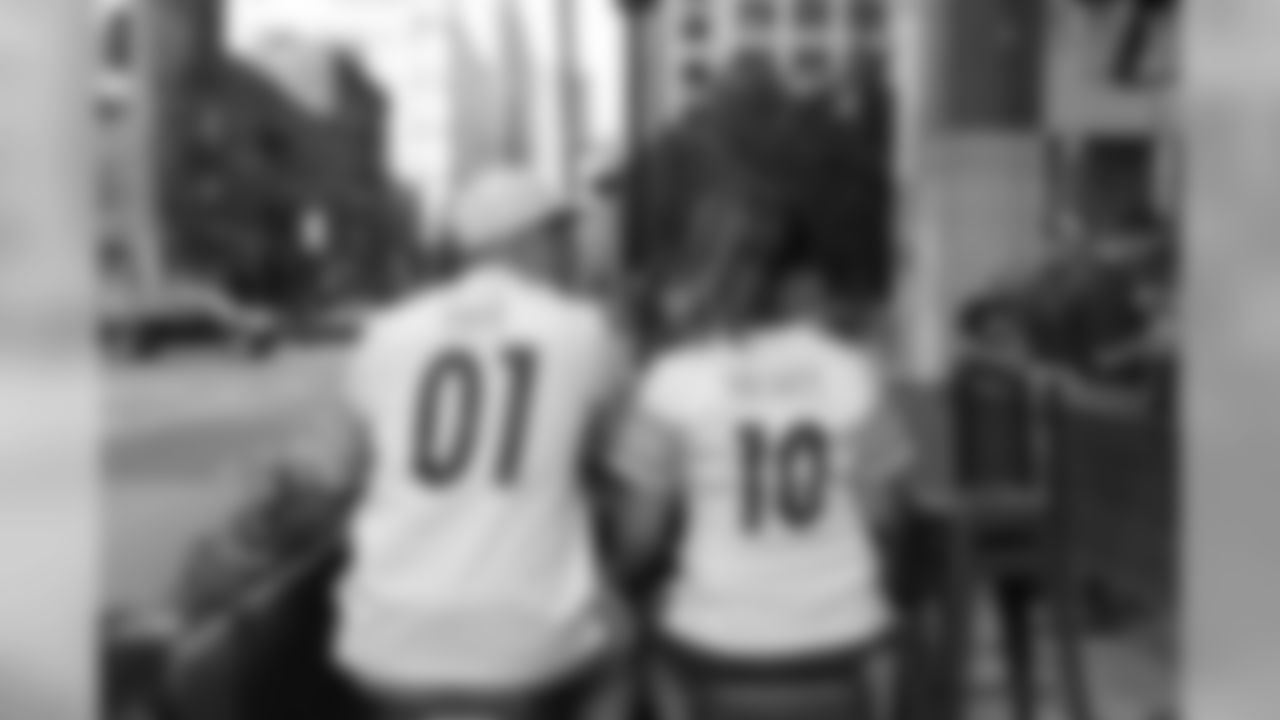
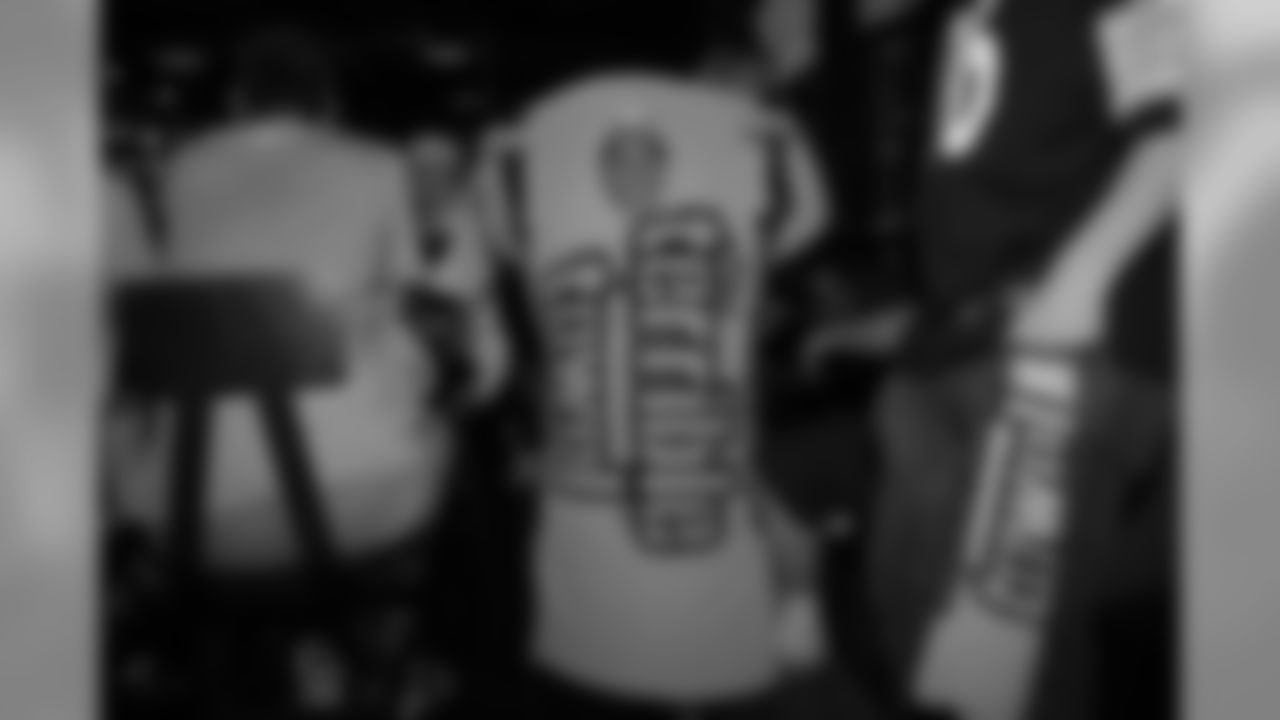
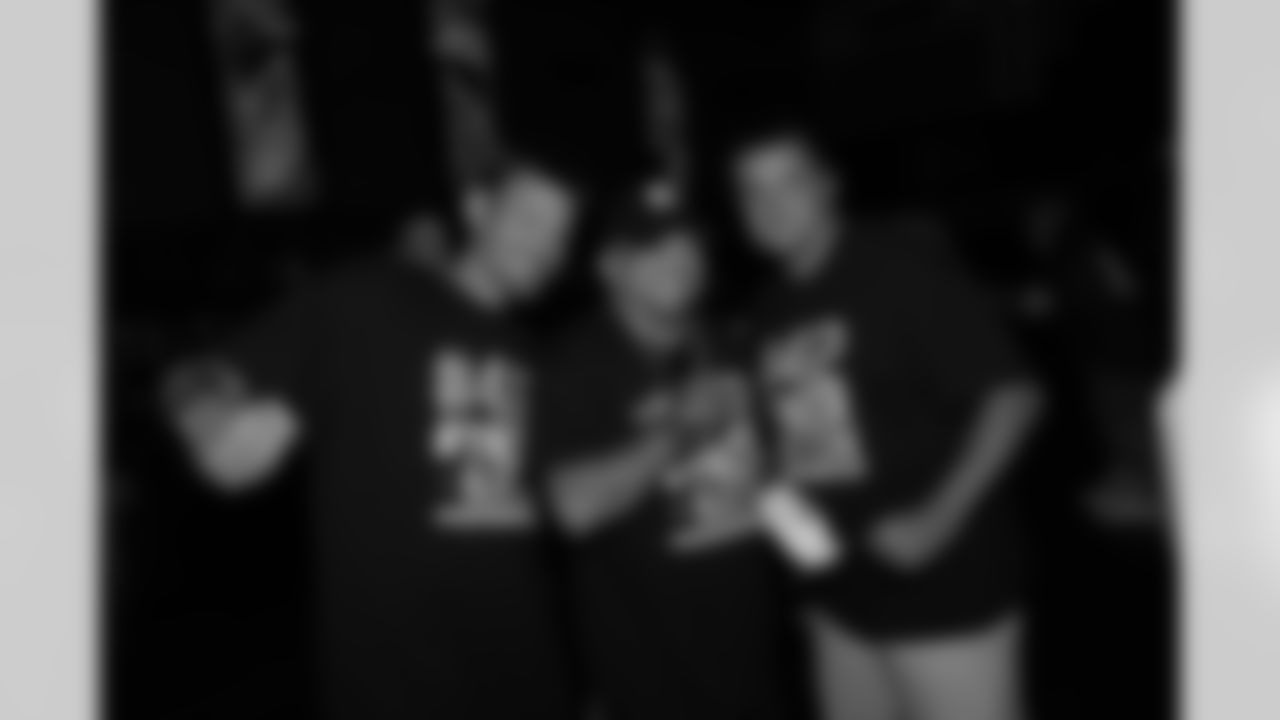
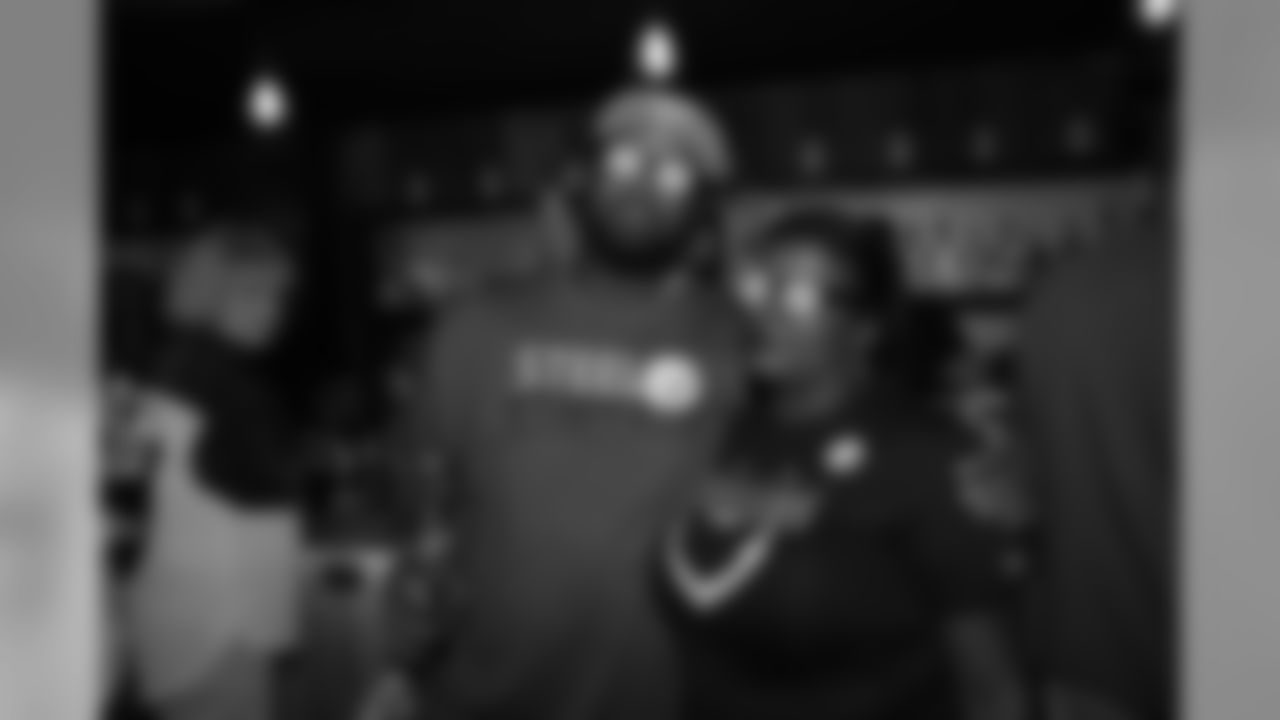
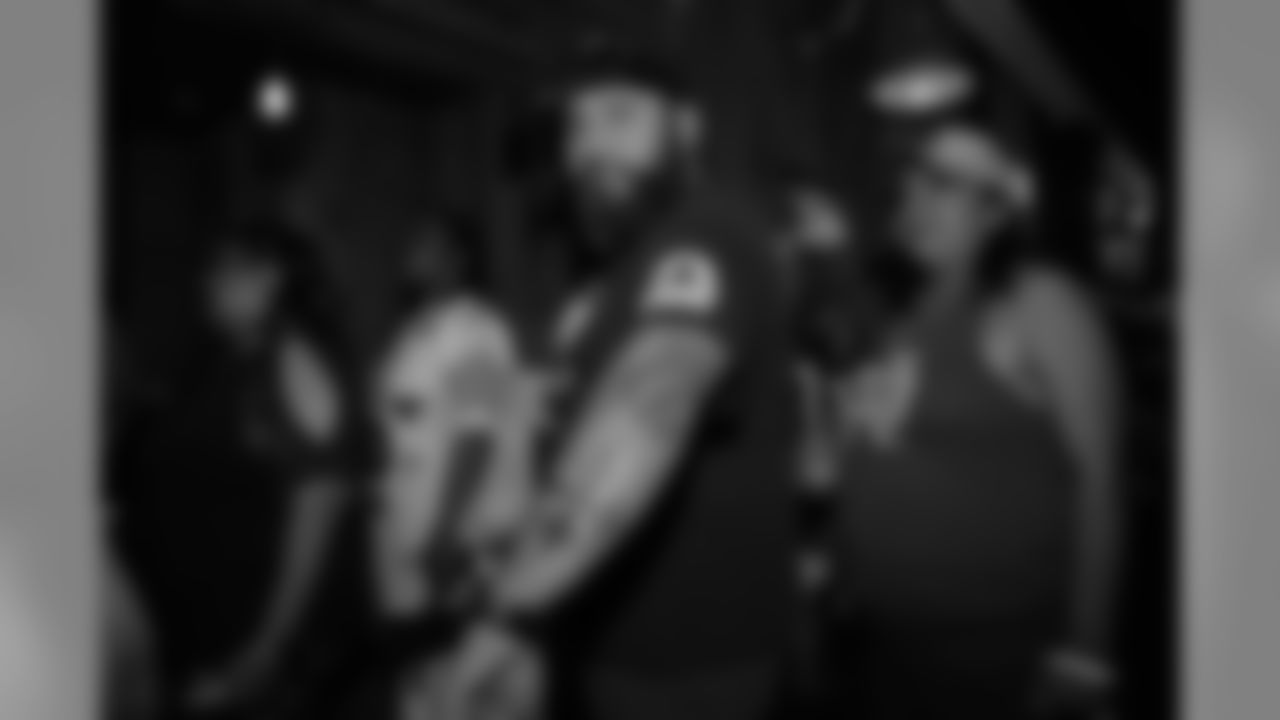
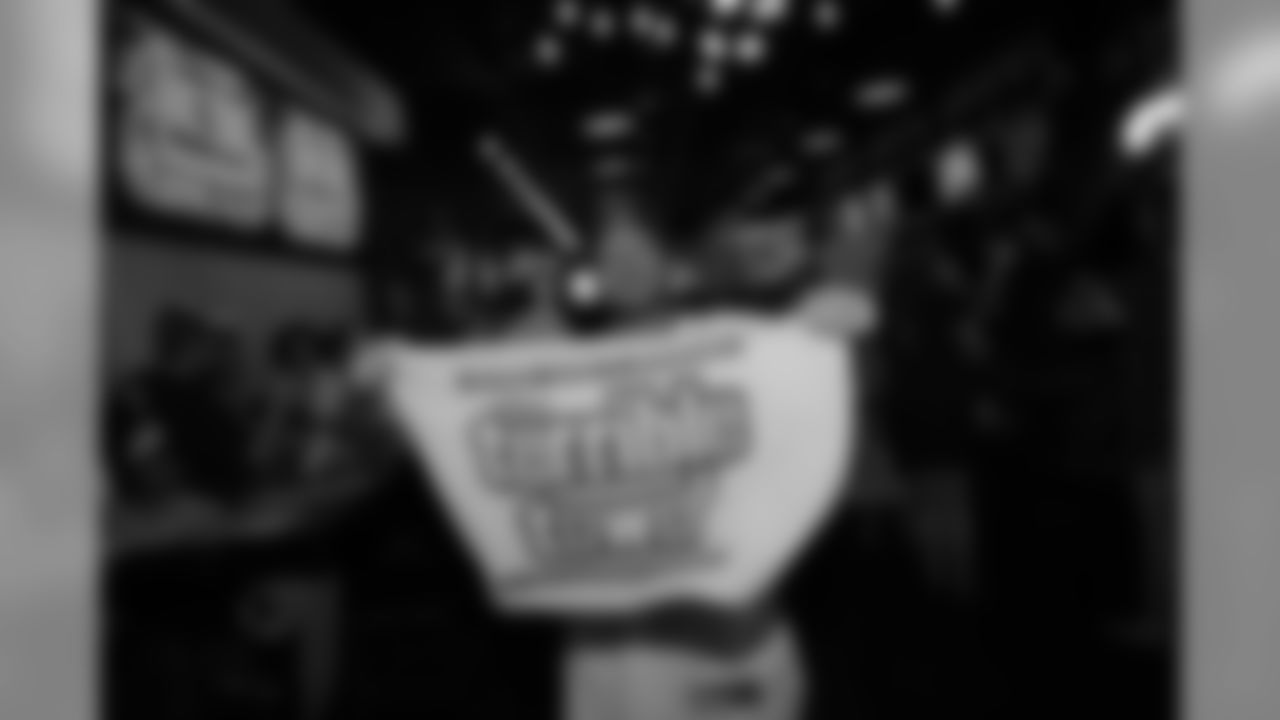


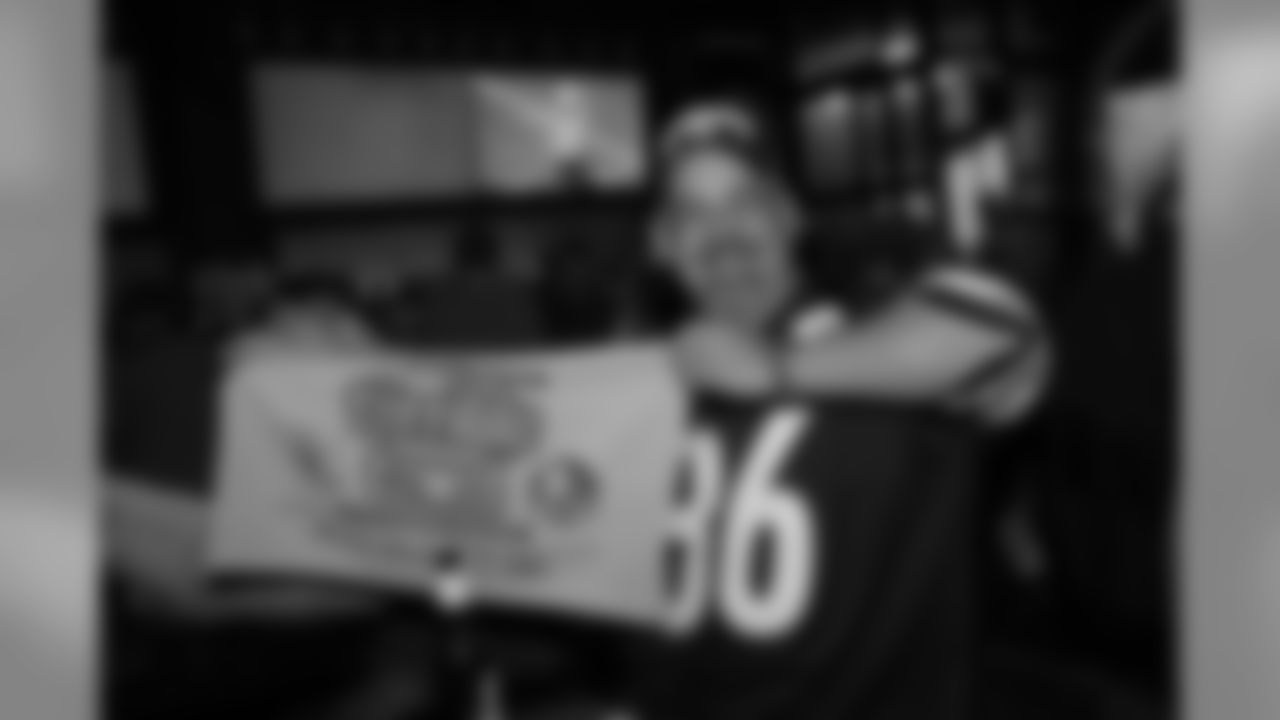
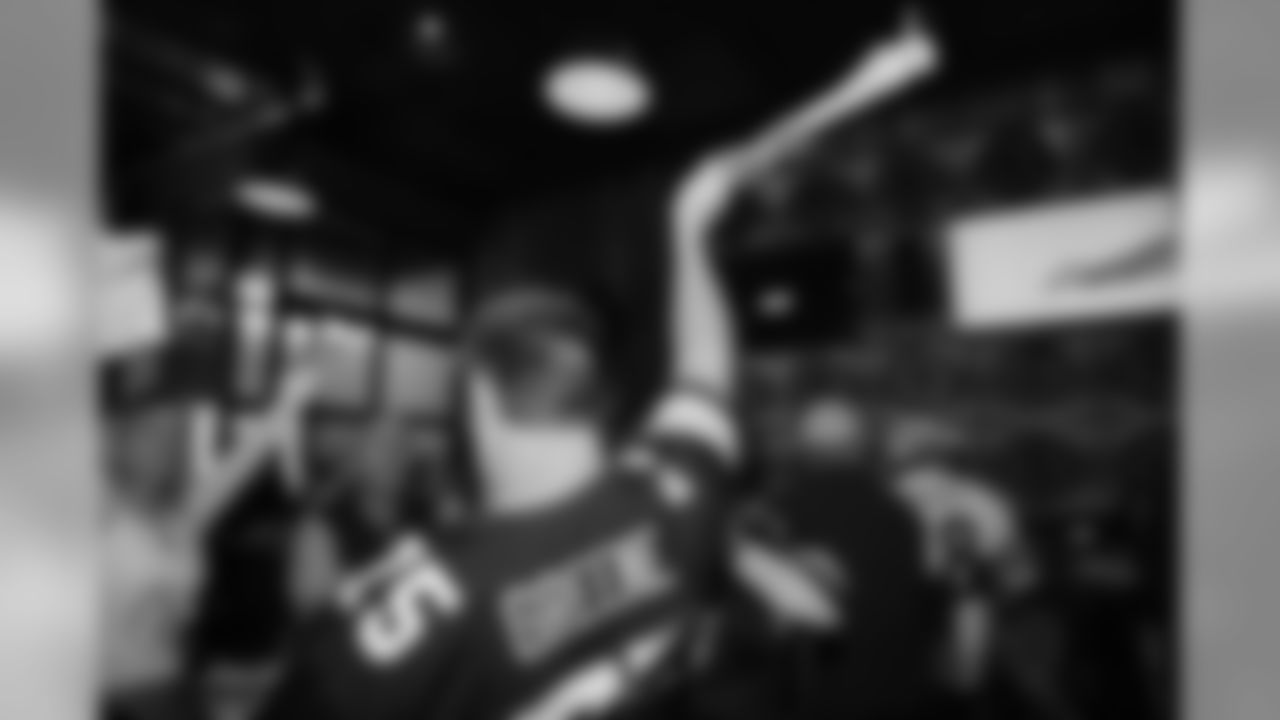
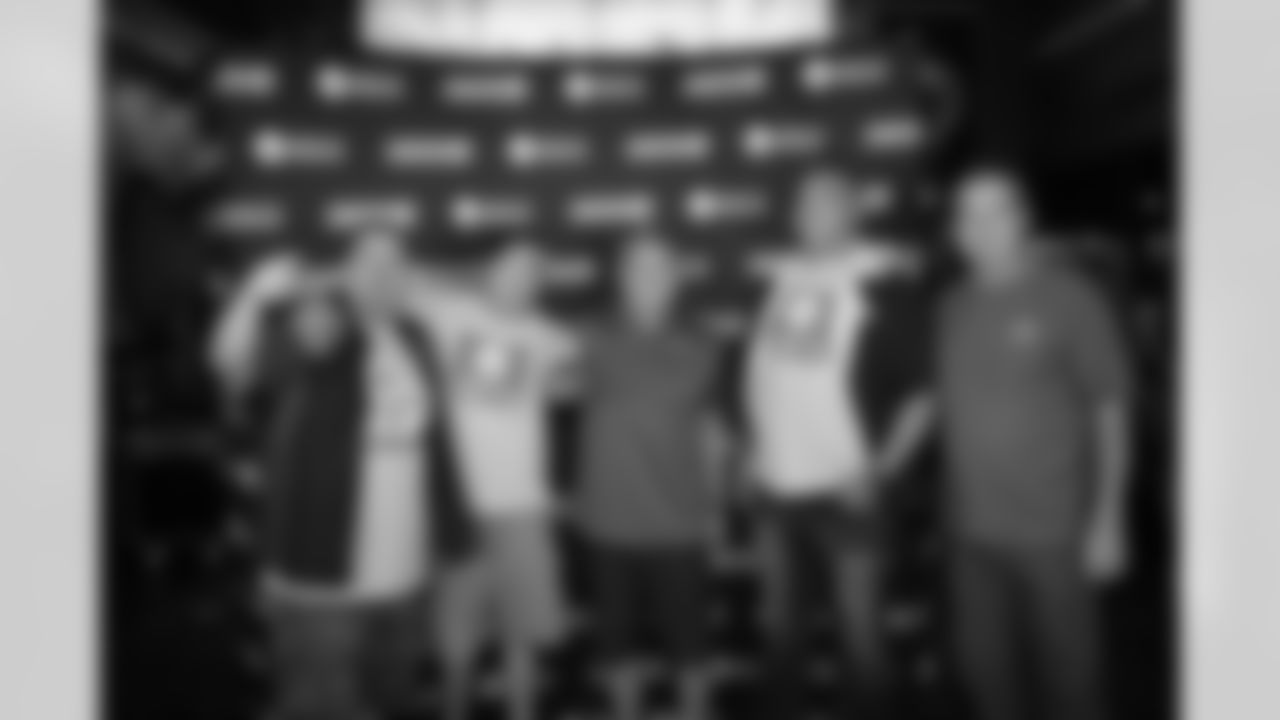





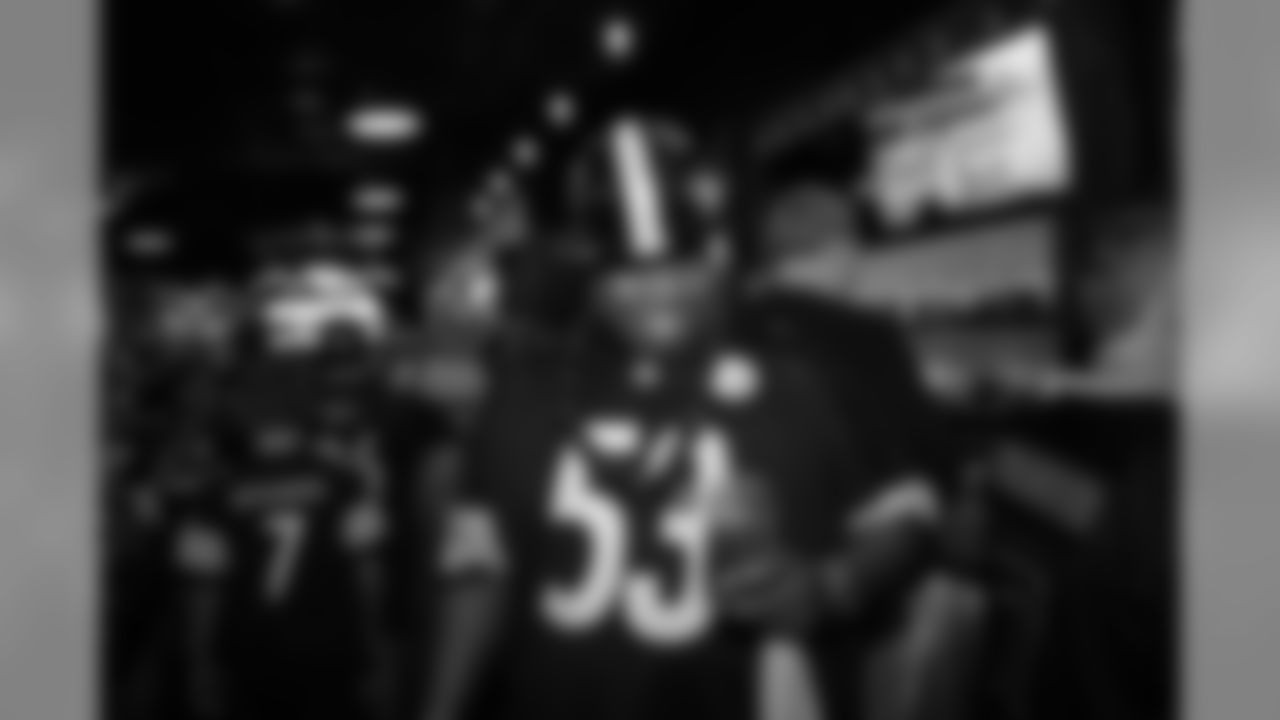
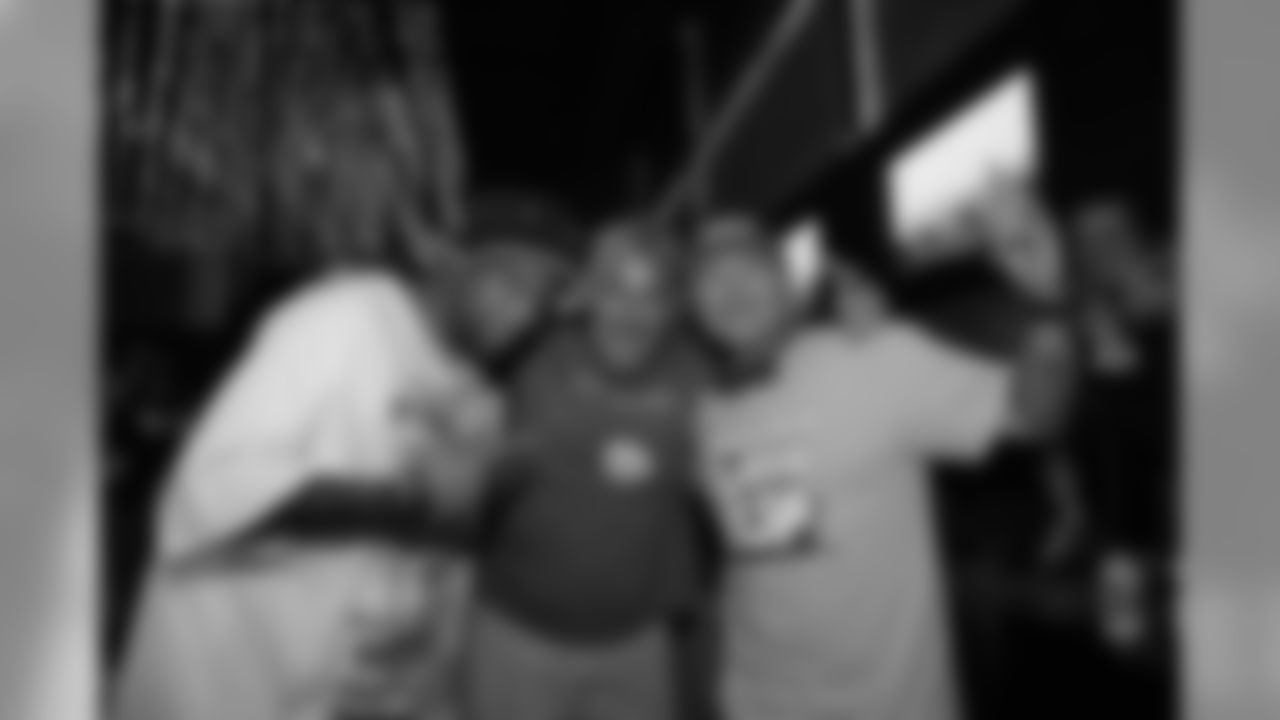

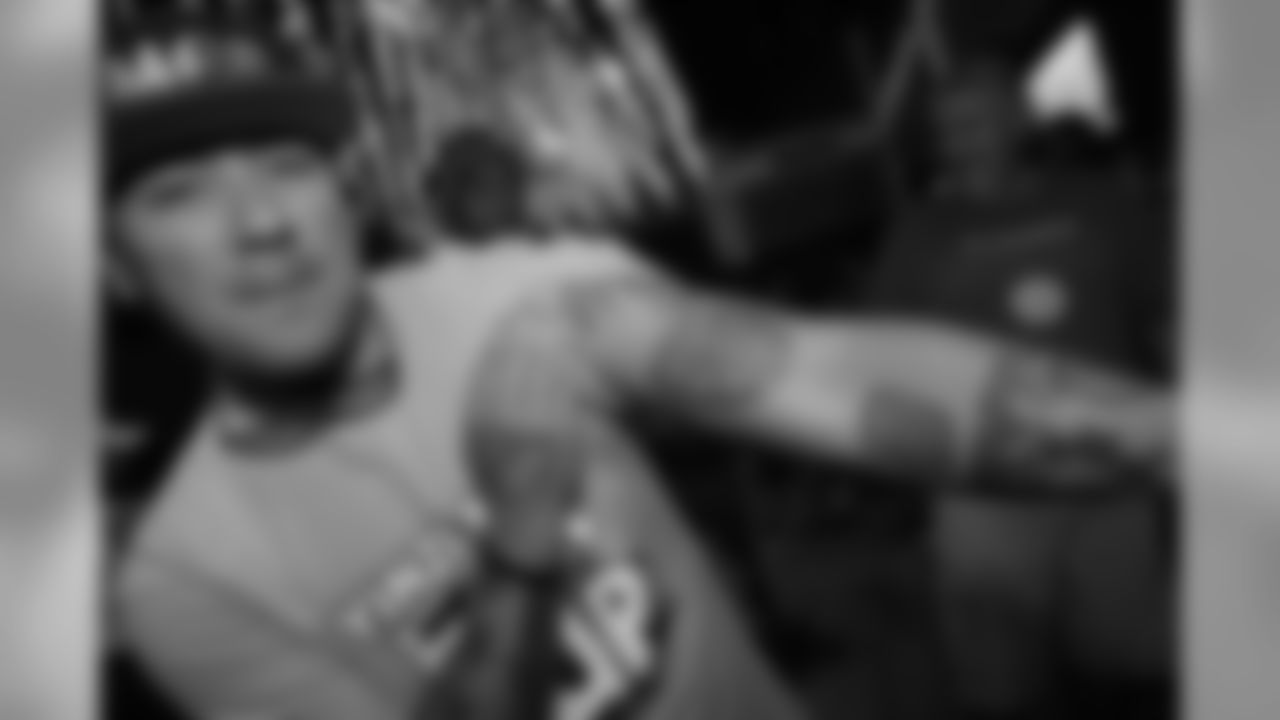

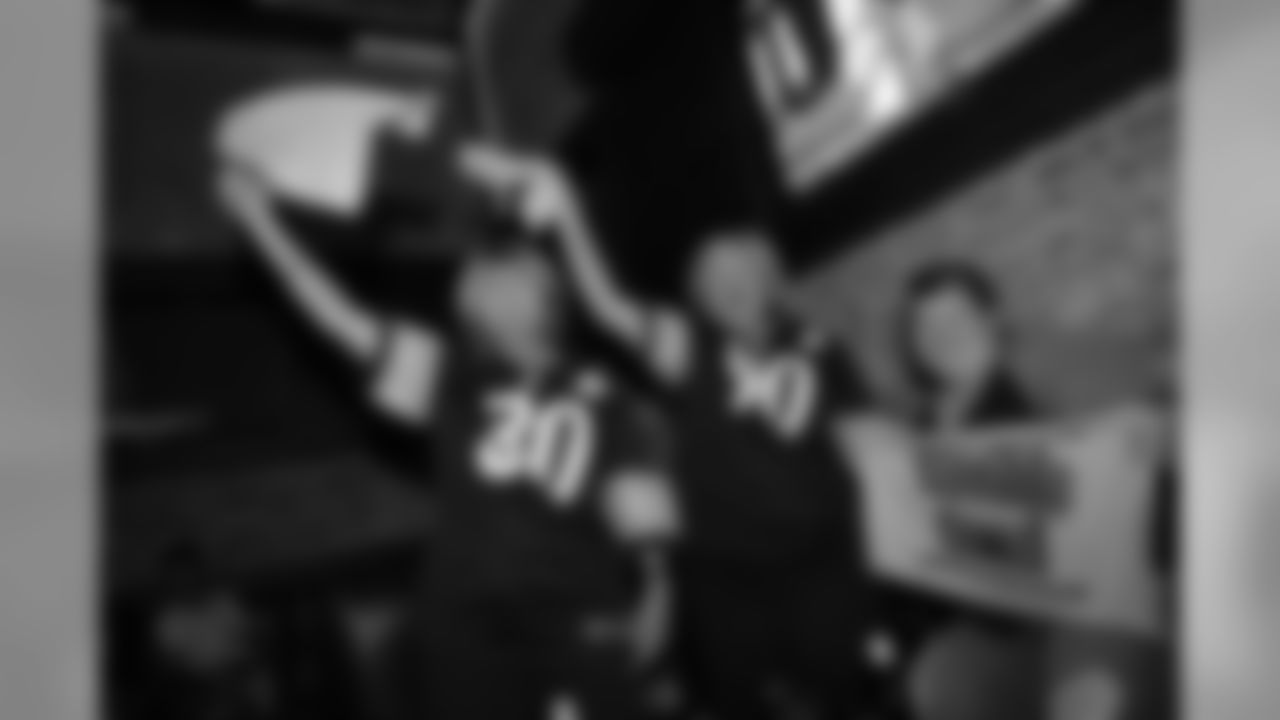
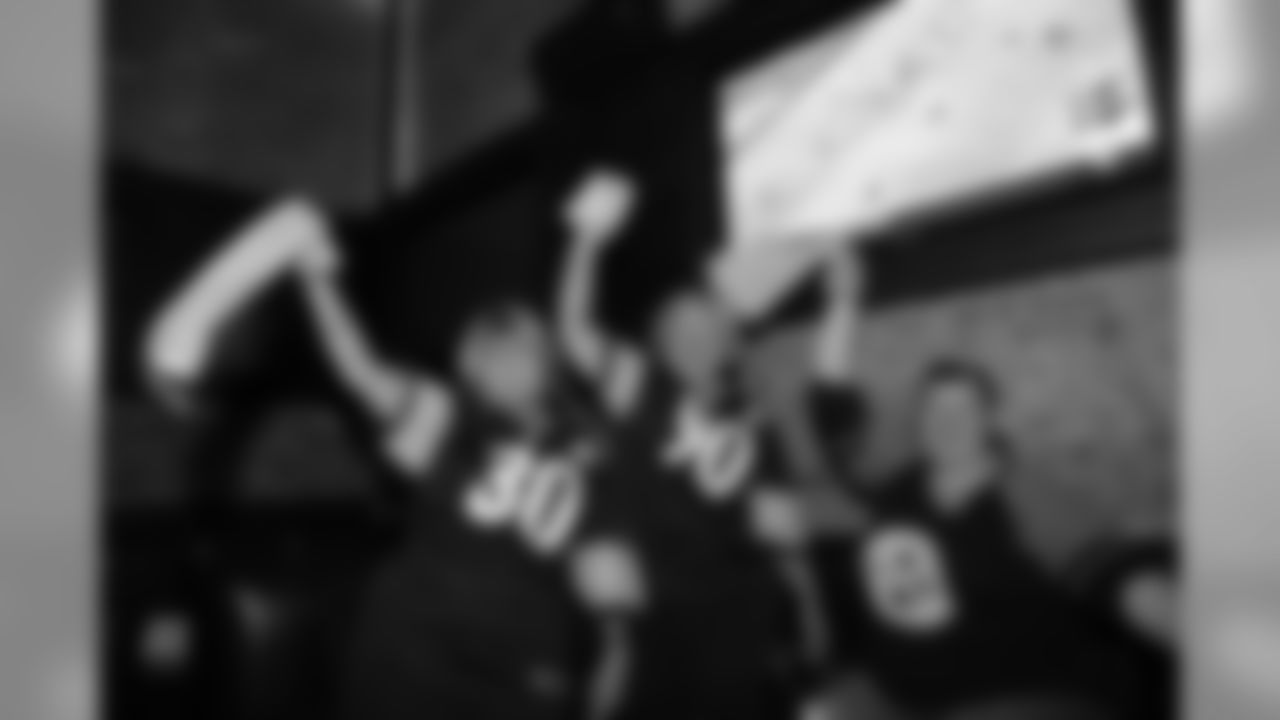




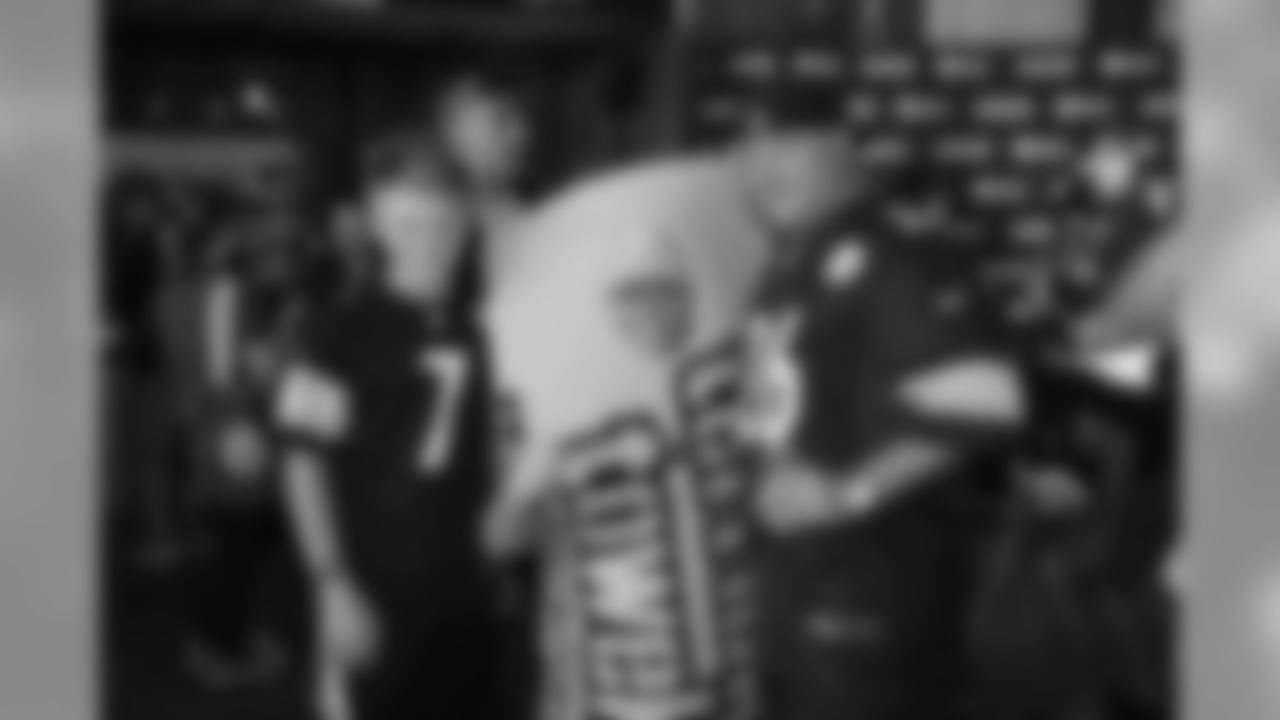



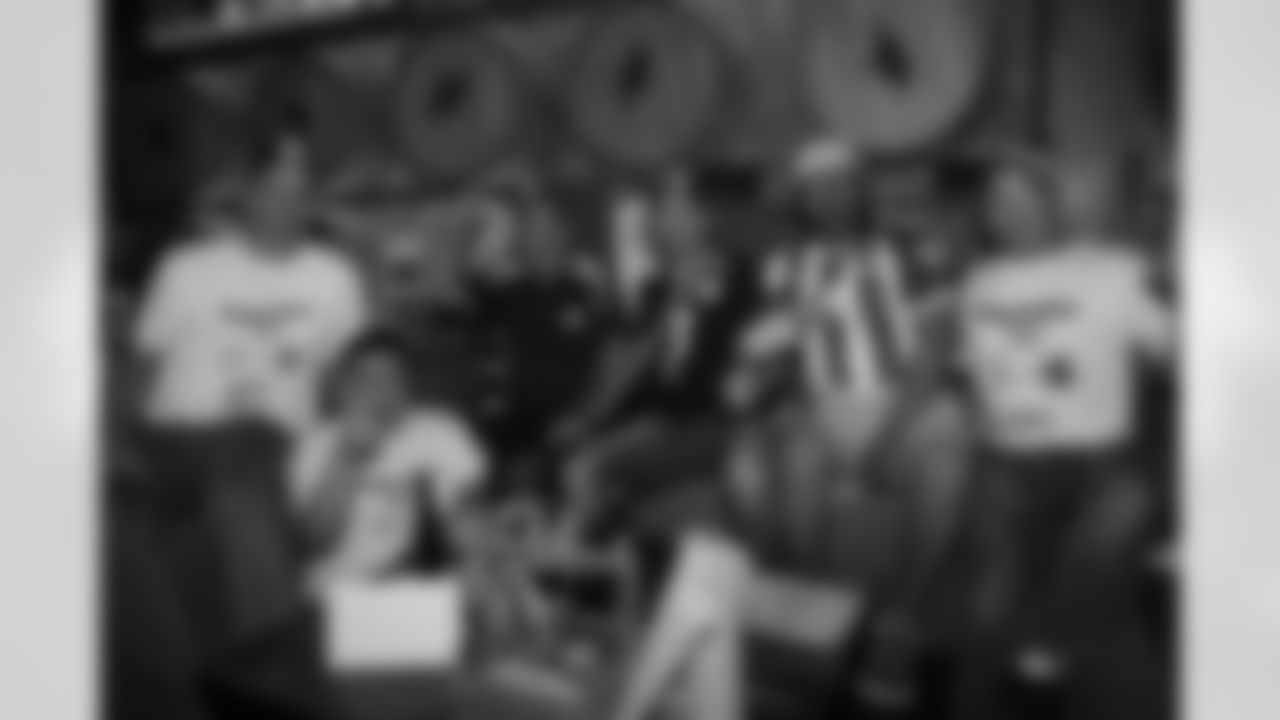

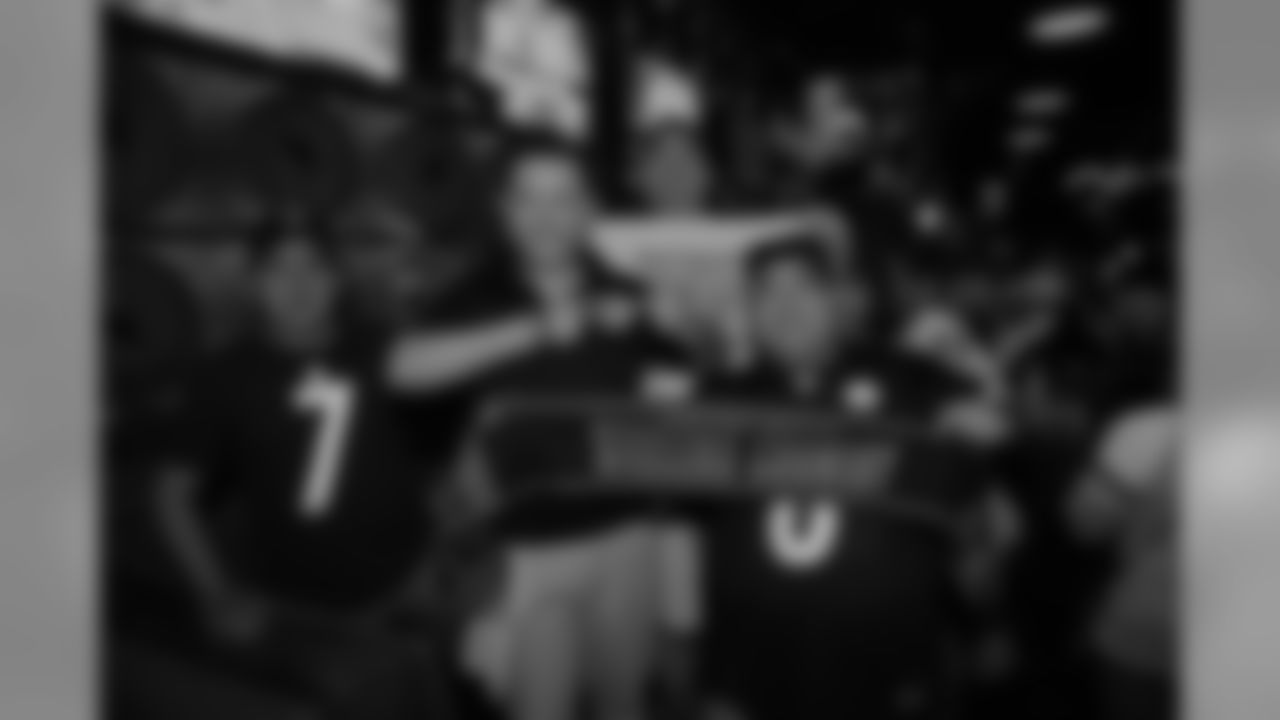
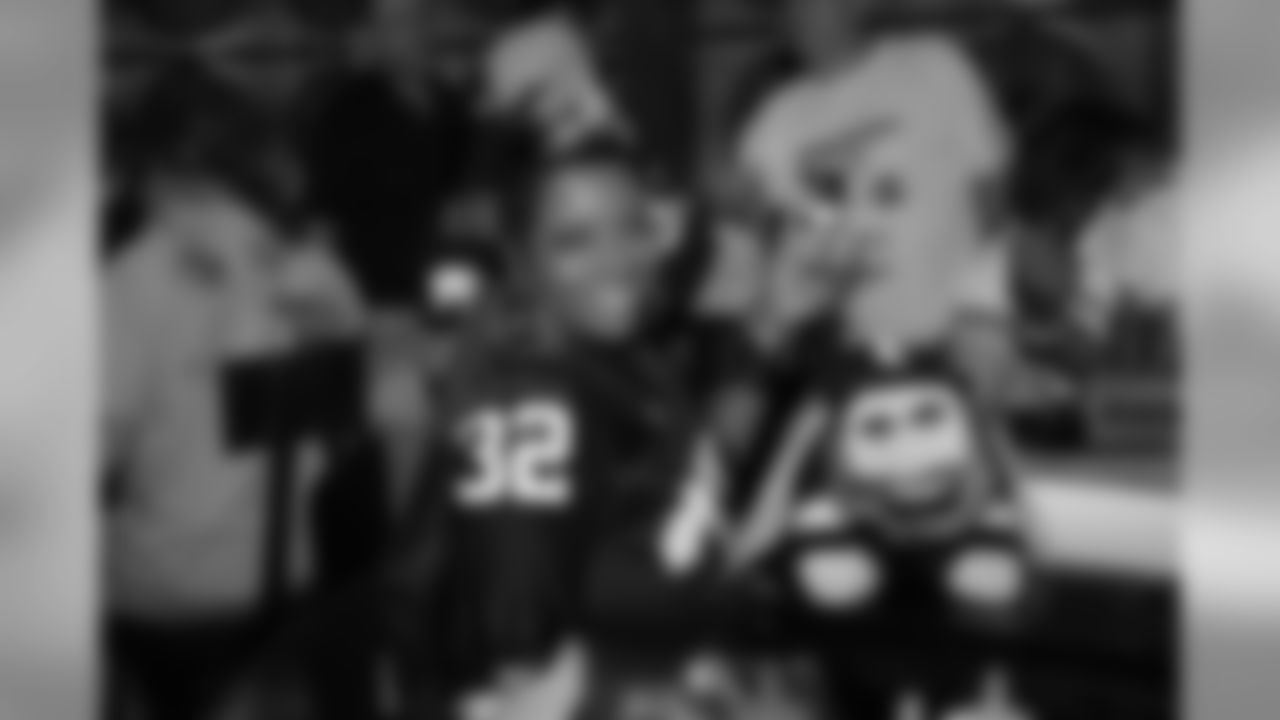
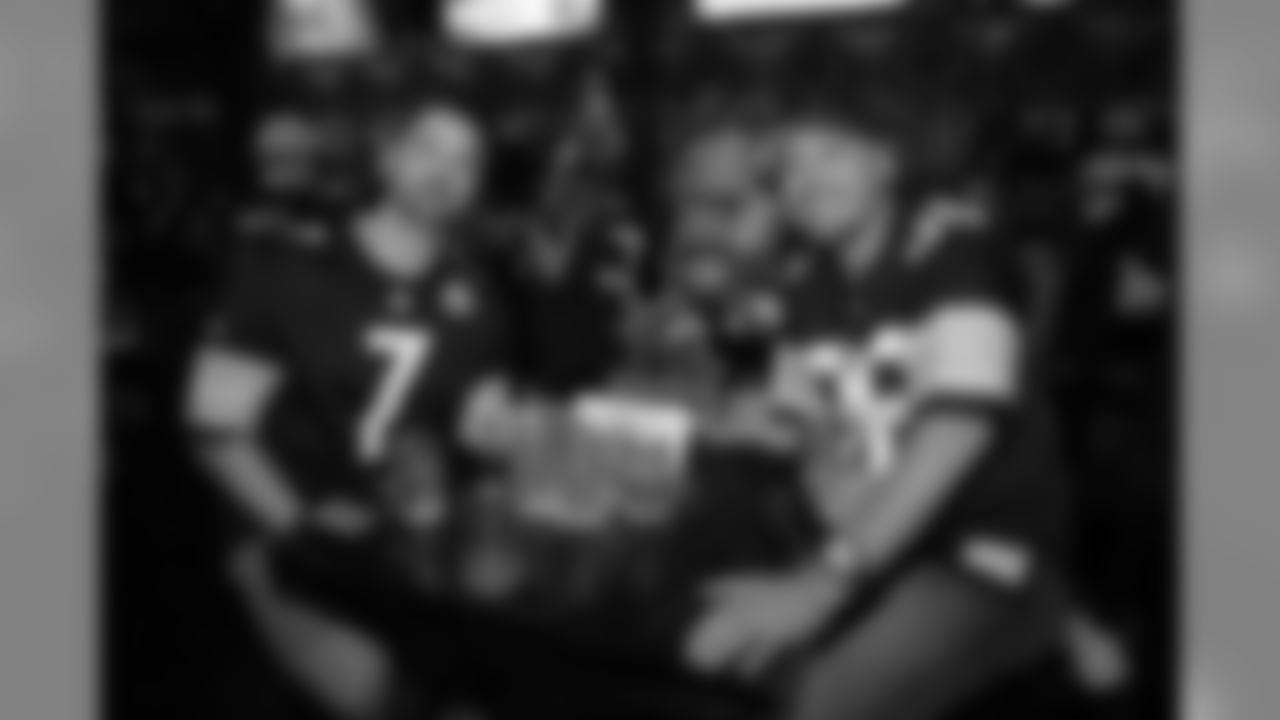

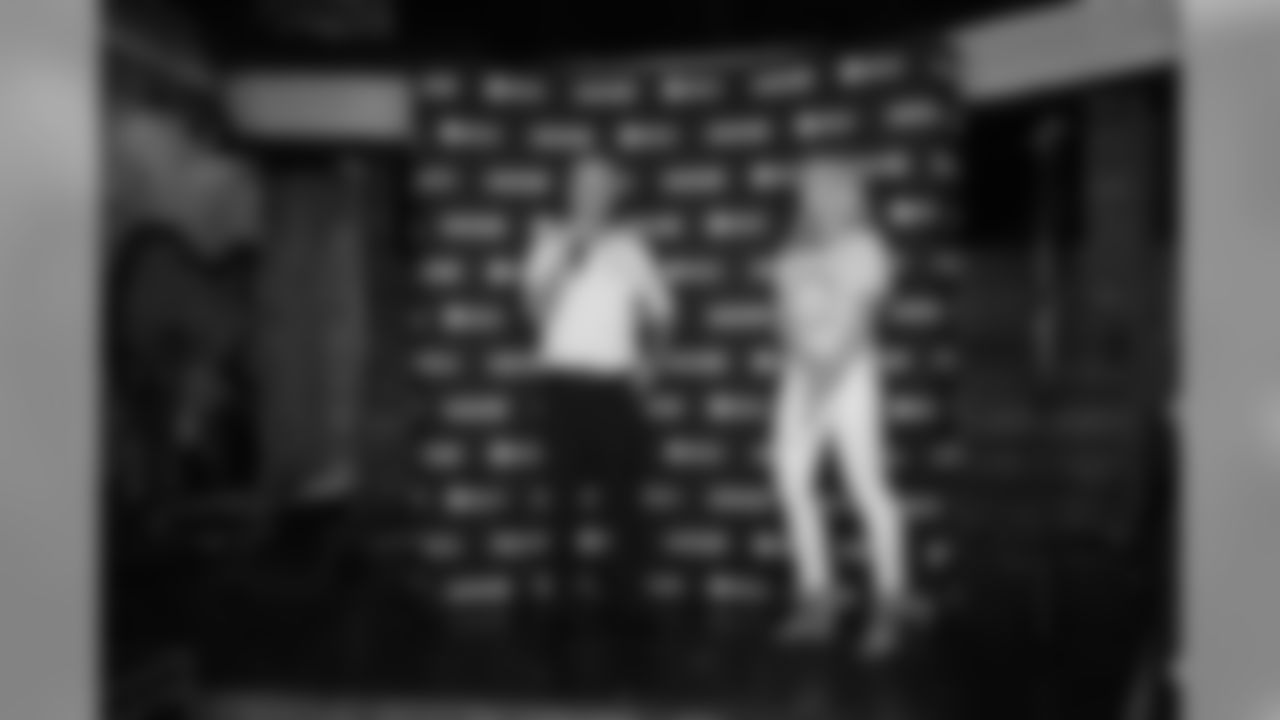


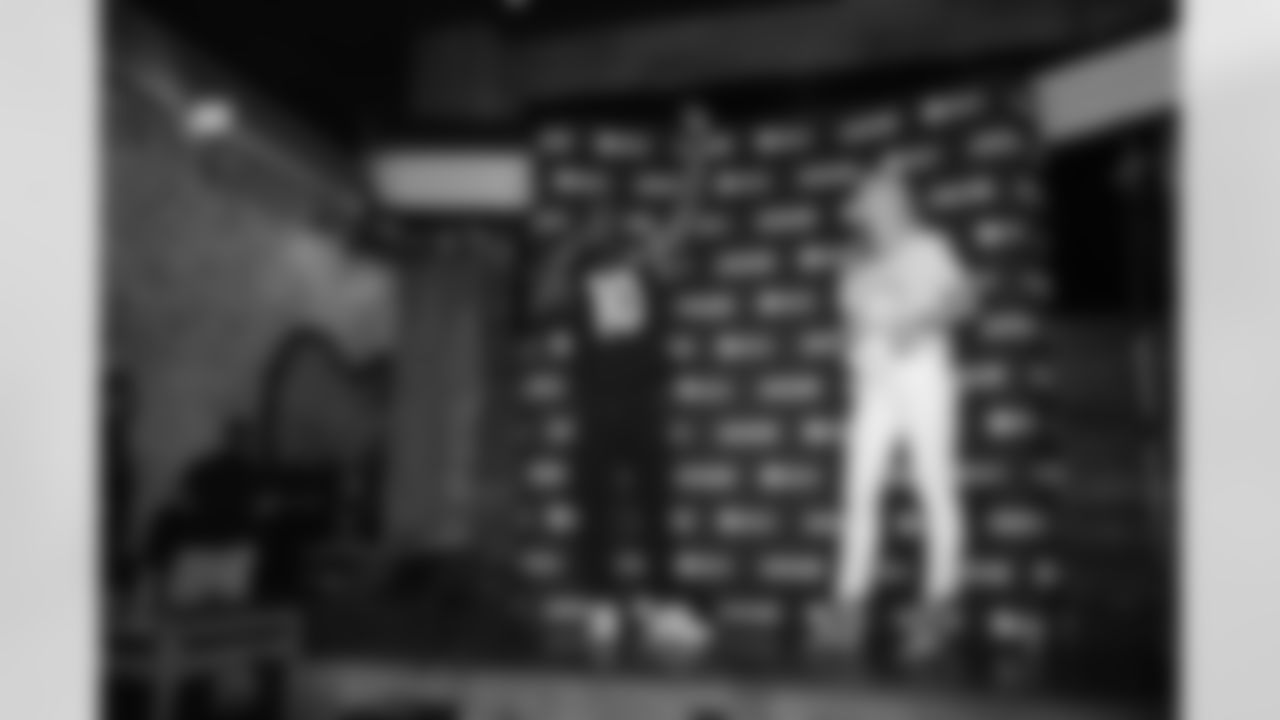


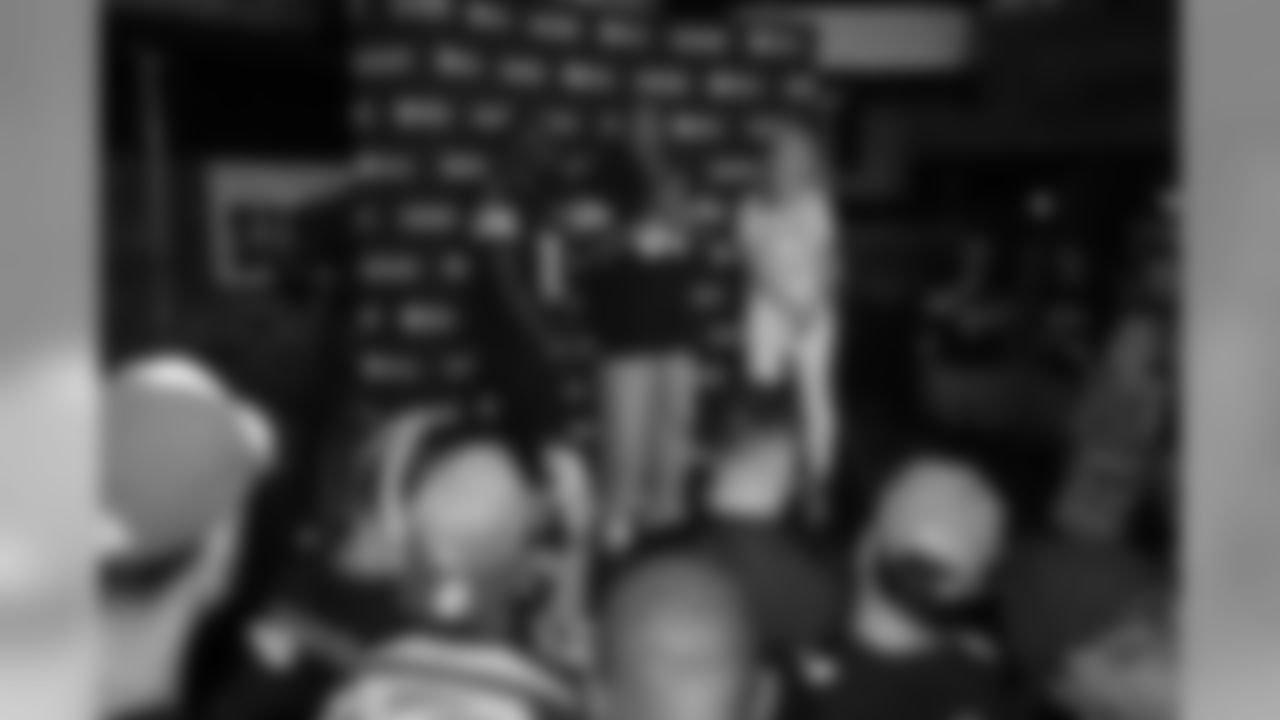




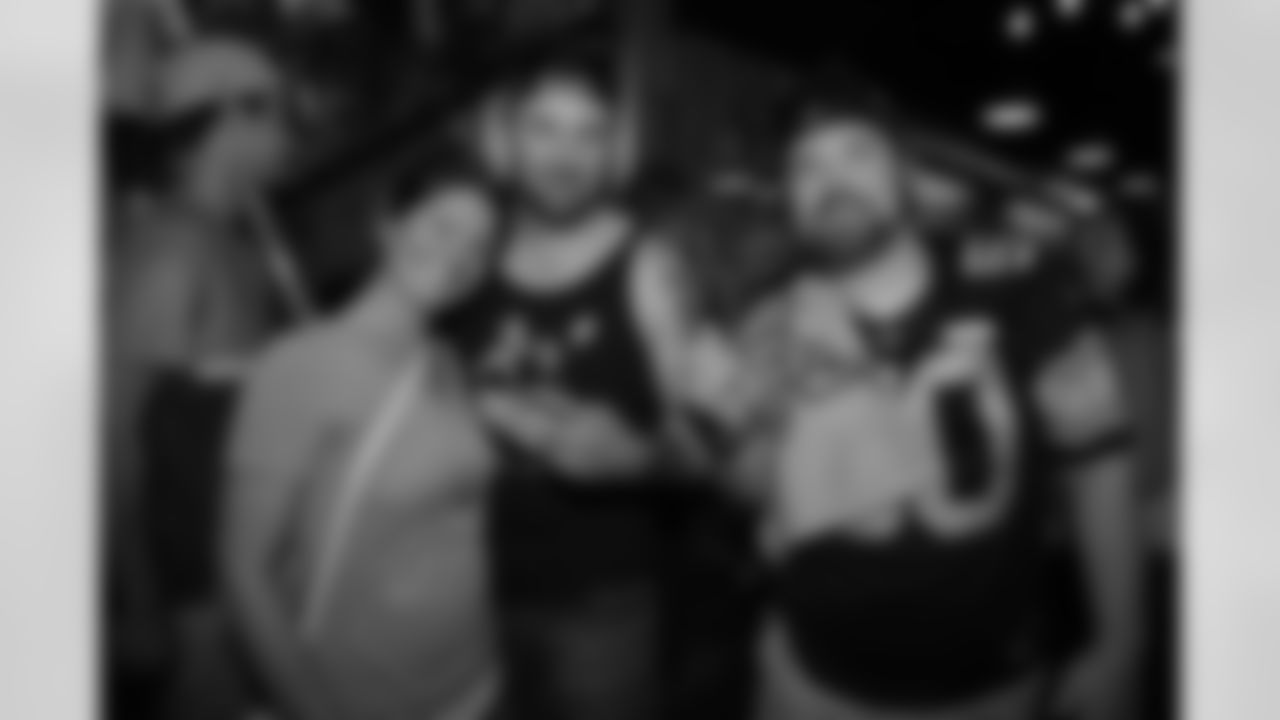



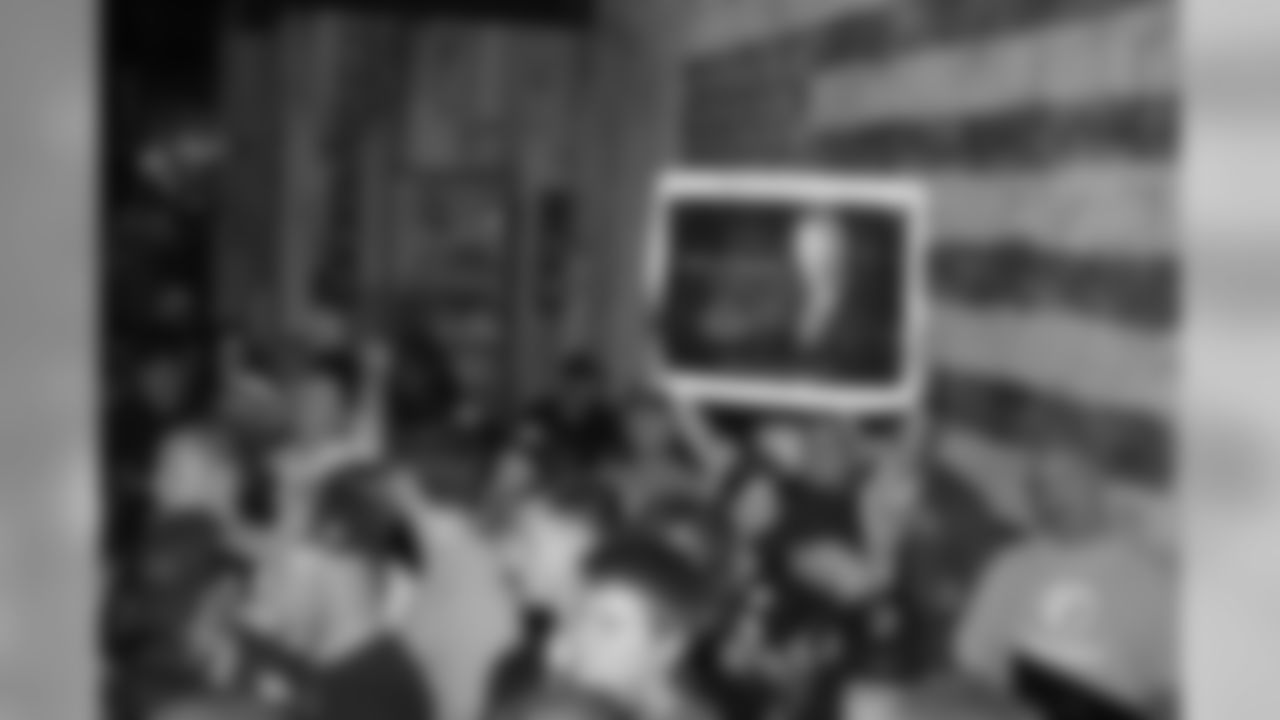
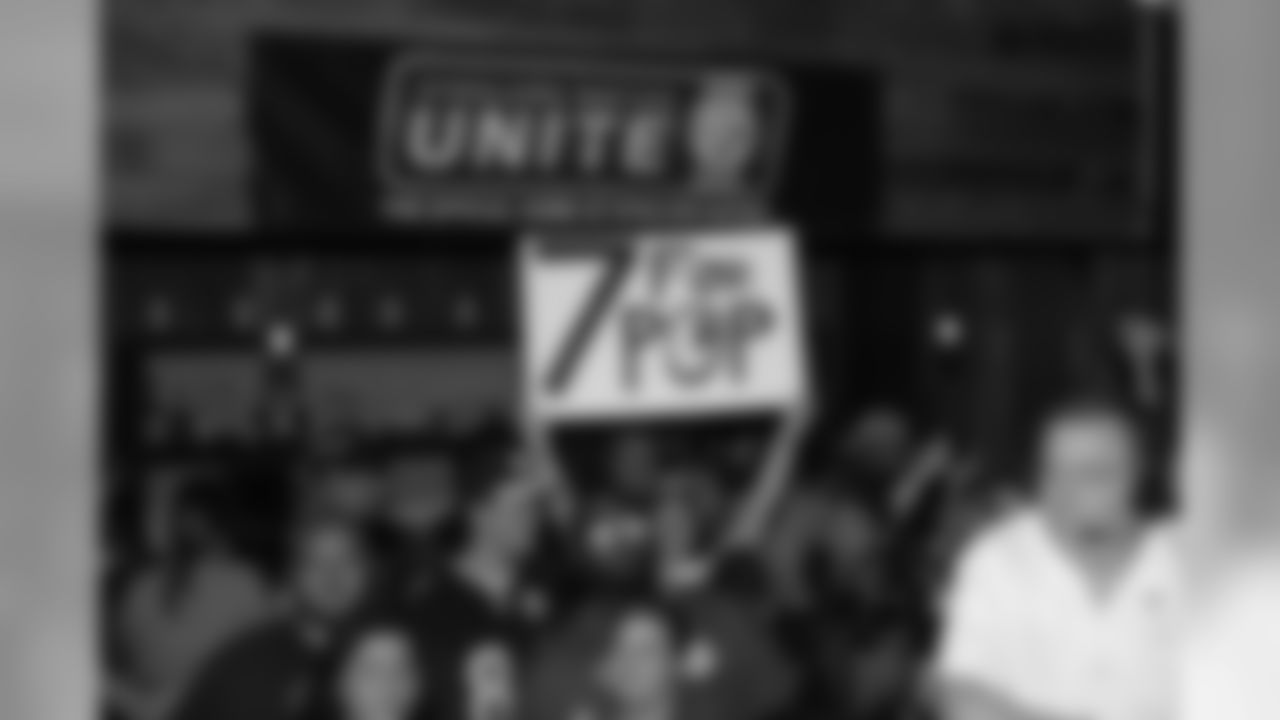



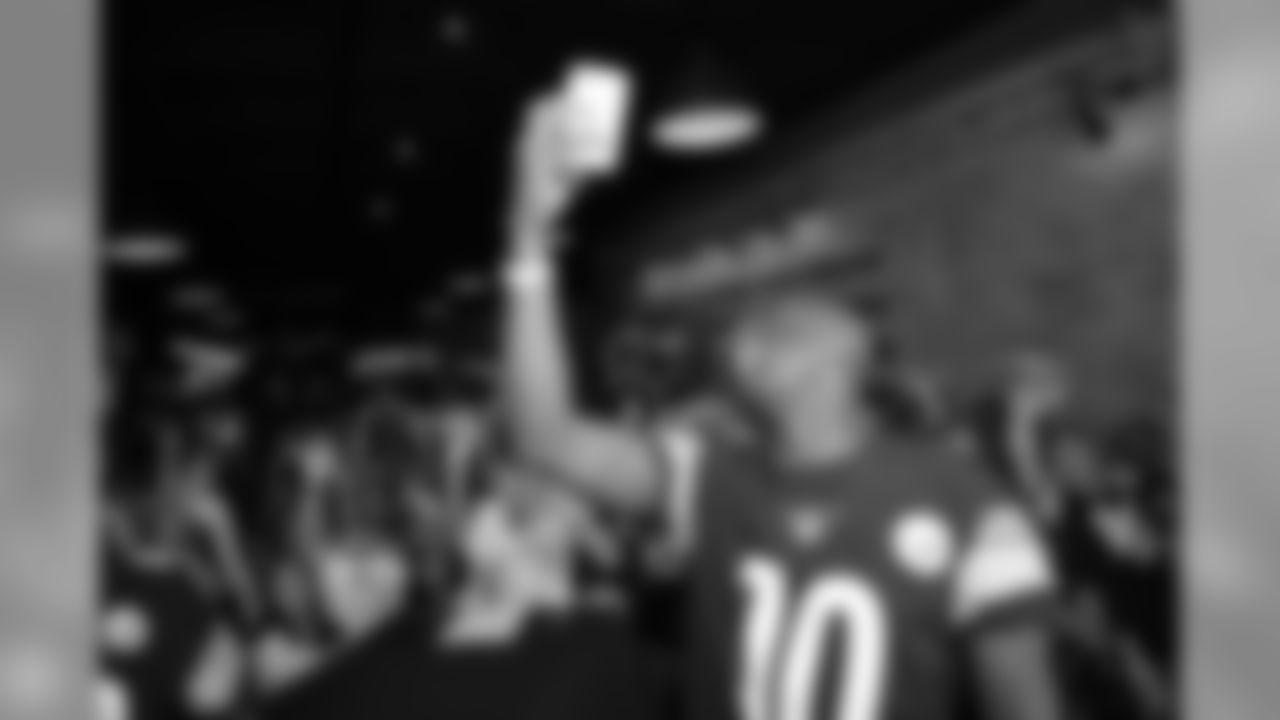

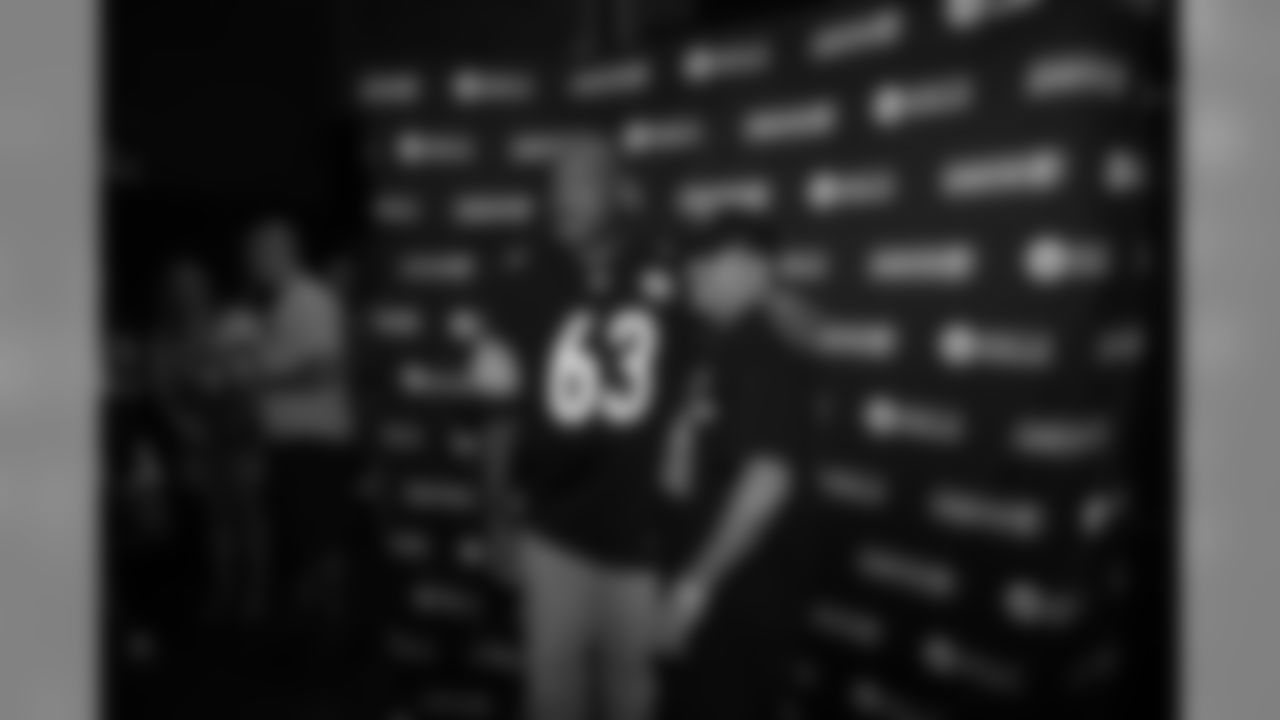


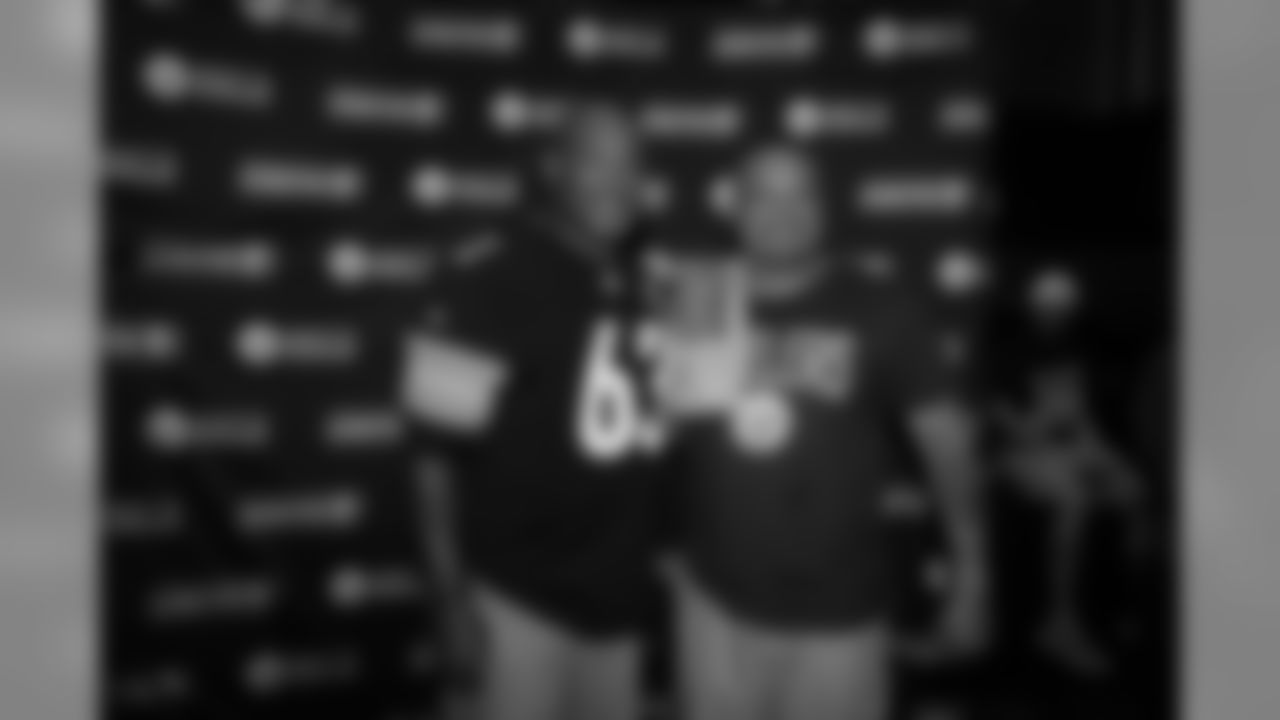



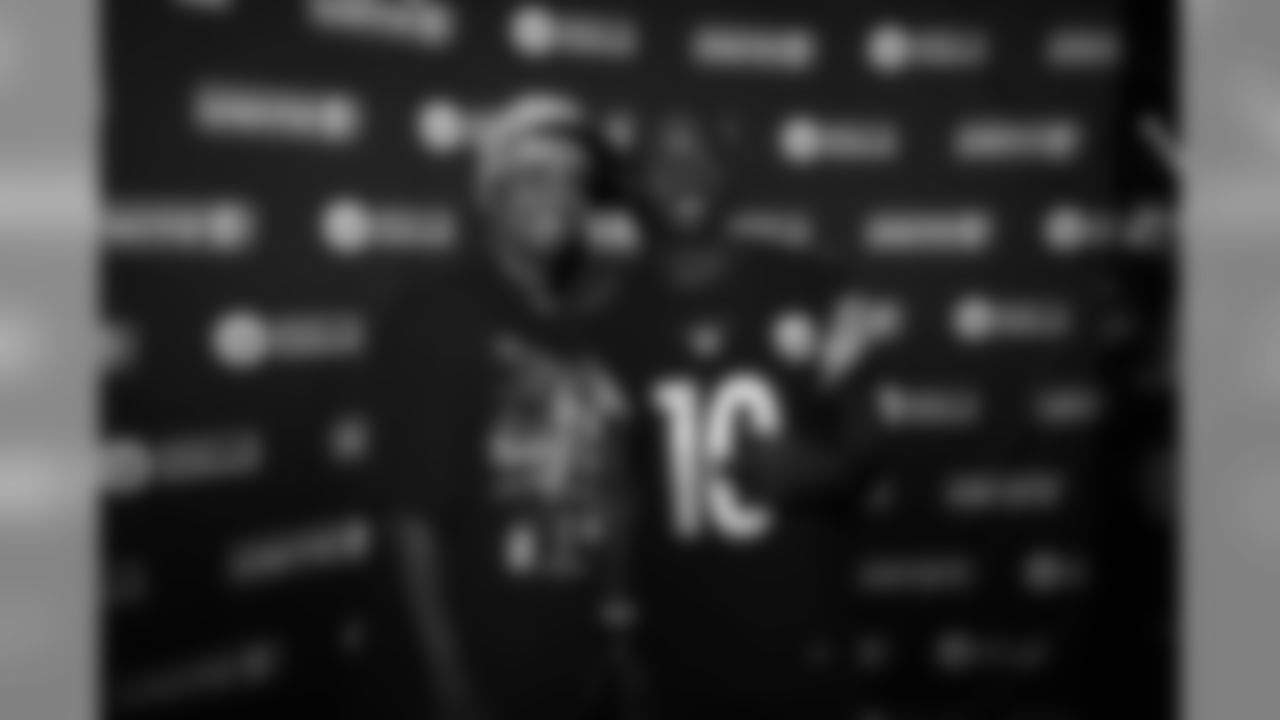

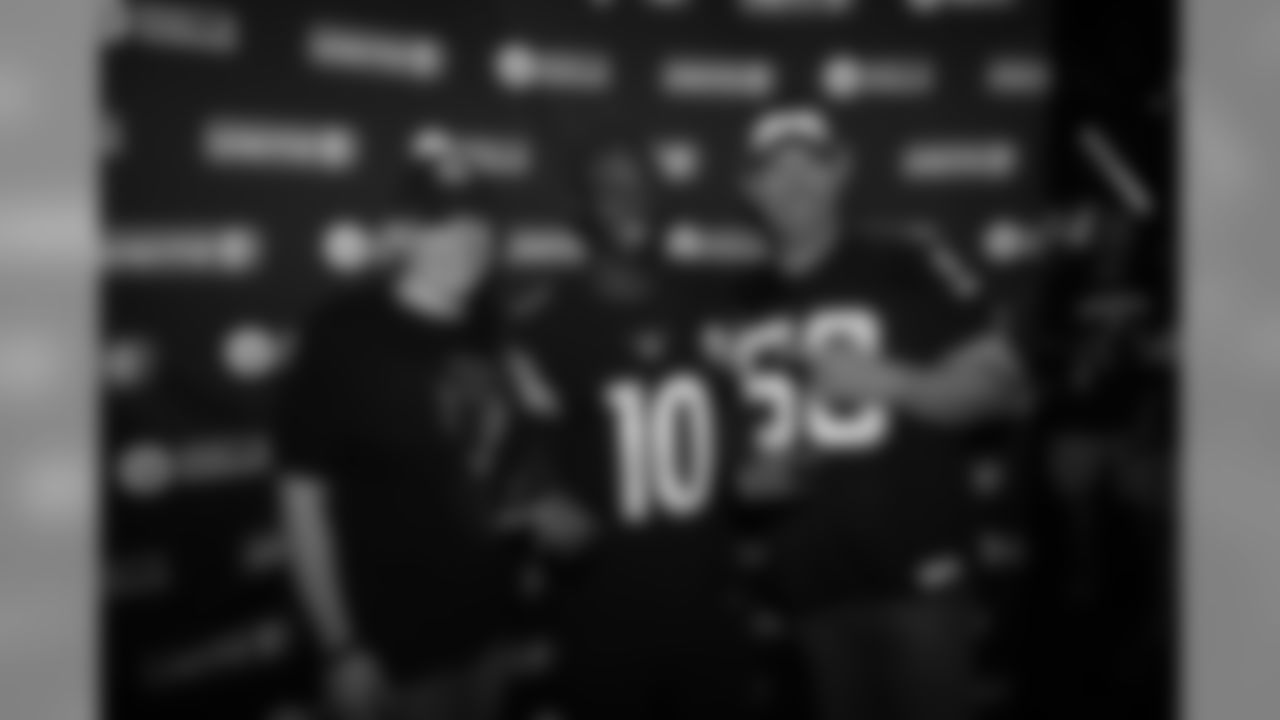

SCOTT SOKOLOWSKI FROM CLARKSVILLE, PA:
A question about the debacle regarding the blocked field goal at the end of the first half against Chicago (with kudos to Vance McDonald for not letting up and making them look bad): Why wasn't the ball being swatted out of the end zone a safety?
ANSWER: When the play began with the teams lining up for a field goal attempt, the Steelers were on offense. After the kick was blocked and the Bears gained possession, the Steelers became a team on defense and the Bears were on offense. When a player from the defensive team is ruled to have batted the ball out of the end zone on purpose, the rule calls for the ball to be returned to the offense at the spot of the fumble and then a penalty is to be assessed on the defense for illegally batting the ball. That's why the Bears retained possession, and the ball was spotted at the half-yard line. Again, the rule was applied correctly by the officials.
MICHAEL CHERNOFF FROM AMHERST, OH:
About the play at the end of the first half in Chicago: If the Bears had recovered the fumble in the end zone, would it have been a touchdown for them?
ANSWER: No, it would not have been a touchdown for the Bears, and this rule traces back to the play the Oakland Raiders once pulled on the San Diego Chargers that came to be known as the Holy Roller Play. In the final minute of a half, if the offense fumbles the ball forward and it's recovered by a member of the offense, the ball is returned to the spot of the fumble and the offense maintains possession. In this specific case, that would have put the ball at the 1-yard line and the Bears would have maintained possession, but because there was no time left on the clock the half would have been over.
DUB TRAE FROM MERCER, PA:
I lost count after over 20 missed tackles against the Bears, and this has been happening every game so far. How can players who make millions upon millions fail to do the most basic thing you're supposed to do on defense, which is wrapping up and taking someone down?
ANSWER: Missed tackles and sloppy tackling technique happen all over the NFL, and especially so in the early stages of a season. My theory on one of the contributing factors is that teams rarely are able to practice actually taking runners/receivers to the ground. Because of the limitations on padded practices during training camp and even into the regular season, there isn't a lot of practice time devoted to it. That's not making an excuse; I'm just offering a theory.
JACK PAGE FROM RALEIGH, NC:
It seems like teams are doing very well at preventing us from connecting on long bombs. I have seen some success with our receivers making big plays out of short slant routes. Would it be in our best interest to just get the ball in the hands of our playmakers and let them pick up the yards after the catch vs. trying to get it all through the air? Then a double move on a long ball after the defense has to respect the underneath routes?
ANSWER: I disagree with your initial premise. There have been a few occasions during the regular season where a receiver has been open deep and the connection just didn't happen, and you could call it a bad pass or a dropped ball, depending upon your viewpoint. Having a receiver who can "take the top off the coverage" is a big asset to any offense, but the offense also has to establish to the defense that it will take those shots periodically. If the offense doesn't take those shots periodically, then the threat is not worth having. Sammie Coates drops that deep ball on third-and-1 in the AFC Championship Game; Martavis Bryant lets that deep ball slip through his fingers on the first play against the Bears at Soldier Field. There's no reason why both of those weren't completions, and if they were, I believe both would have had an impact on the outcomes of those respective games.
NICK KRASKI FROM FRANKLIN, TN:
Talking with a family member about Bud Dupree's fine, I stated unequivocally that fines from players are collected by the NFL and then donated to charities. Am I right, or was I talking out of my rear end?
ANSWER: You are correct, but I'll let the family member handle the second part of your question.
AARON KNEZEVICH FROM CHANDLER, AZ:
I just read one of your responses about the NFL automatically deducting fines from players' paychecks. Are players not employees of the organizations? And if they're not employees of the organizations, how do the contracts work? A player signs a contract with a team, but the NFL plays the player?
ANSWER: I gotta admit, I don't get how you're drawing these conclusions. Players are paid by the team. The teams are part of the league. So if a player is fined by the league, the salary the team pays him is garnished to reflect the amount of the fine. The league doesn't wait for a fined player to write a check to pay a fine; the league takes the money directly, because that way there is no way to avoid payment. Consider it like a tax lien.








